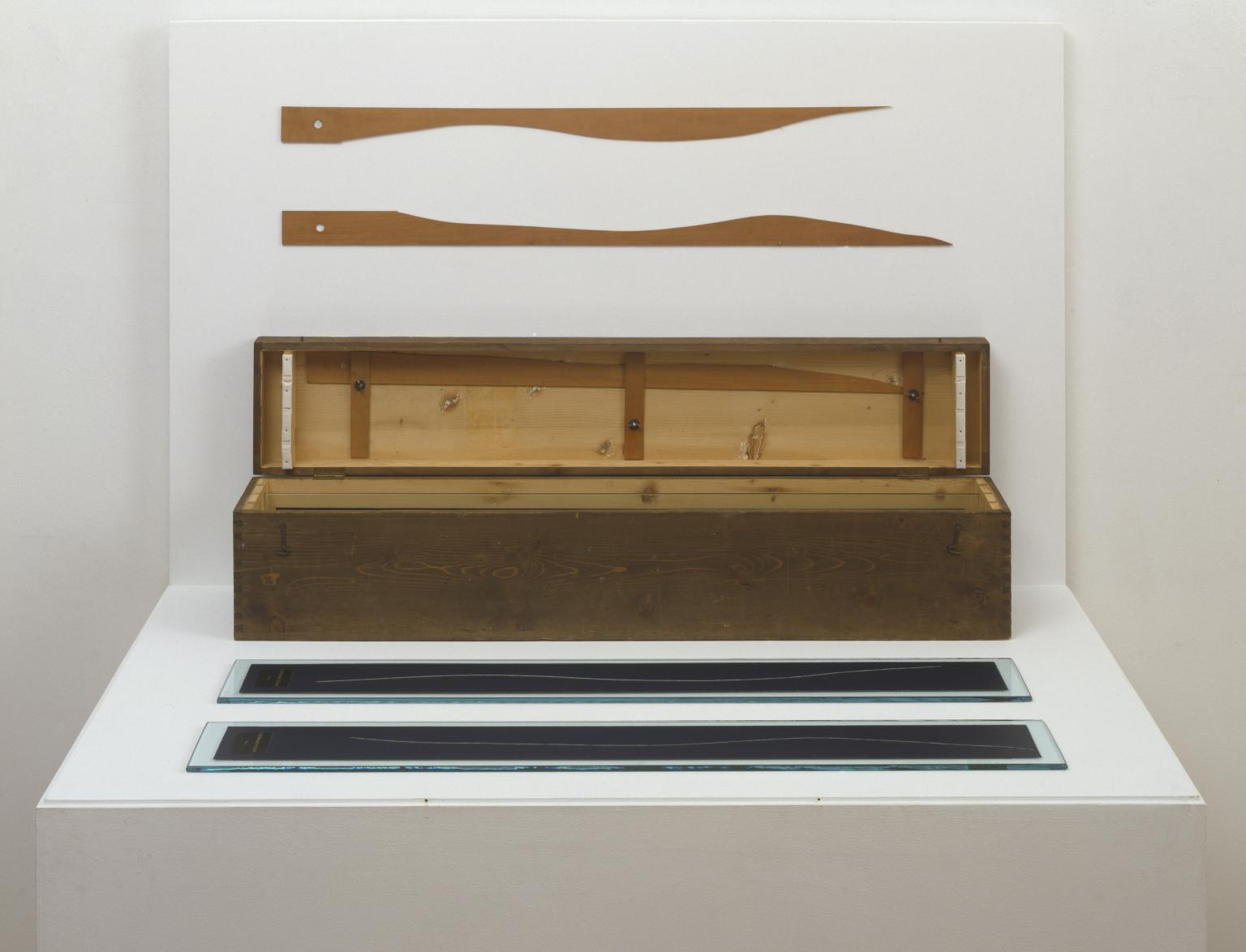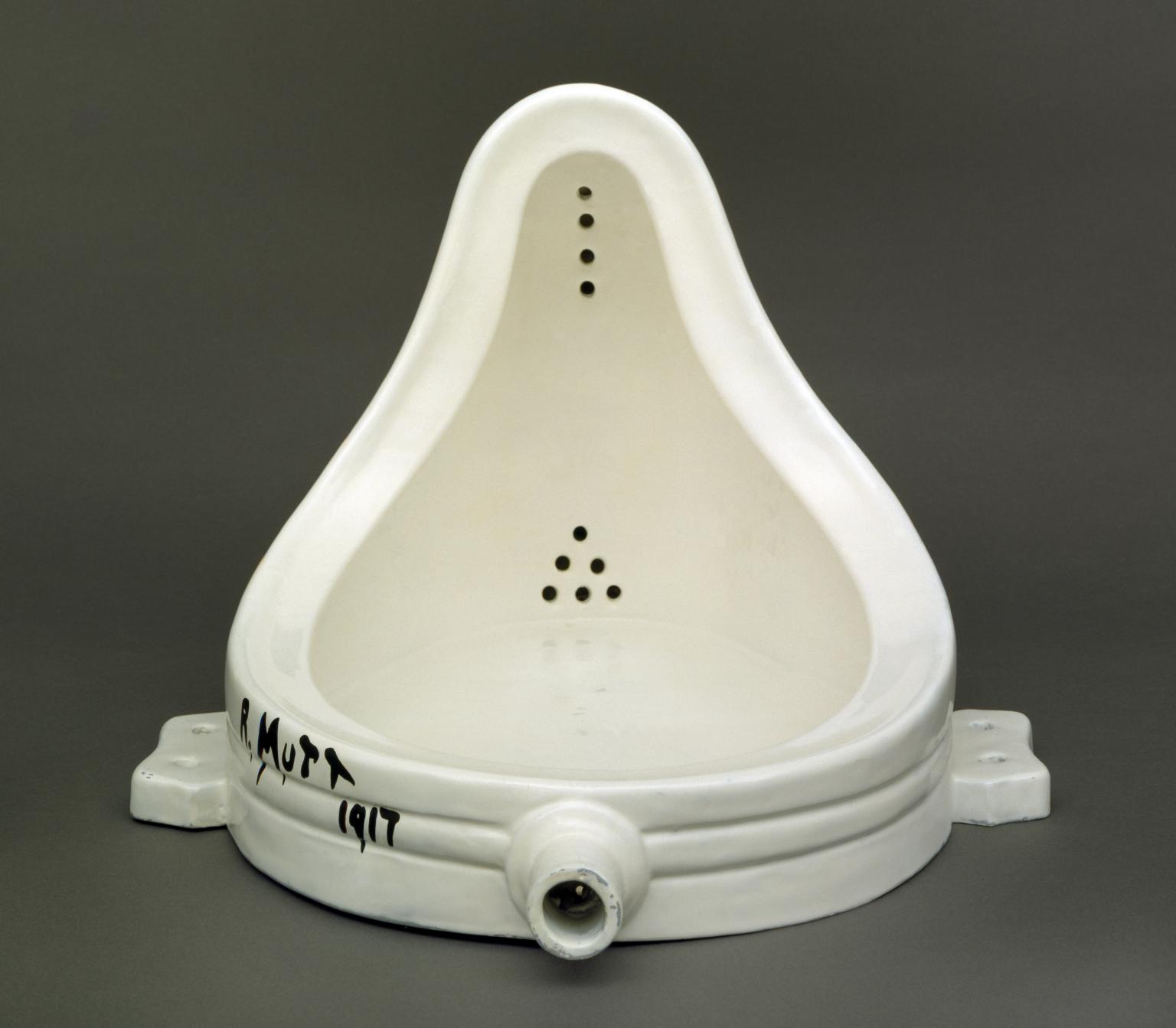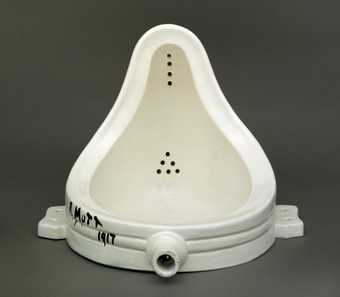11 rooms in Materials and Objects
Fountain, Duchamp’s ‘readymade’ sculpture, was one of the most influential artworks of the twentieth century
Art in this room

Marcel Duchamp
3 stoppages étalon (3 Standard Stoppages)
1913–14, replica 1964

Marcel Duchamp
Fountain
1917, replica 1964

